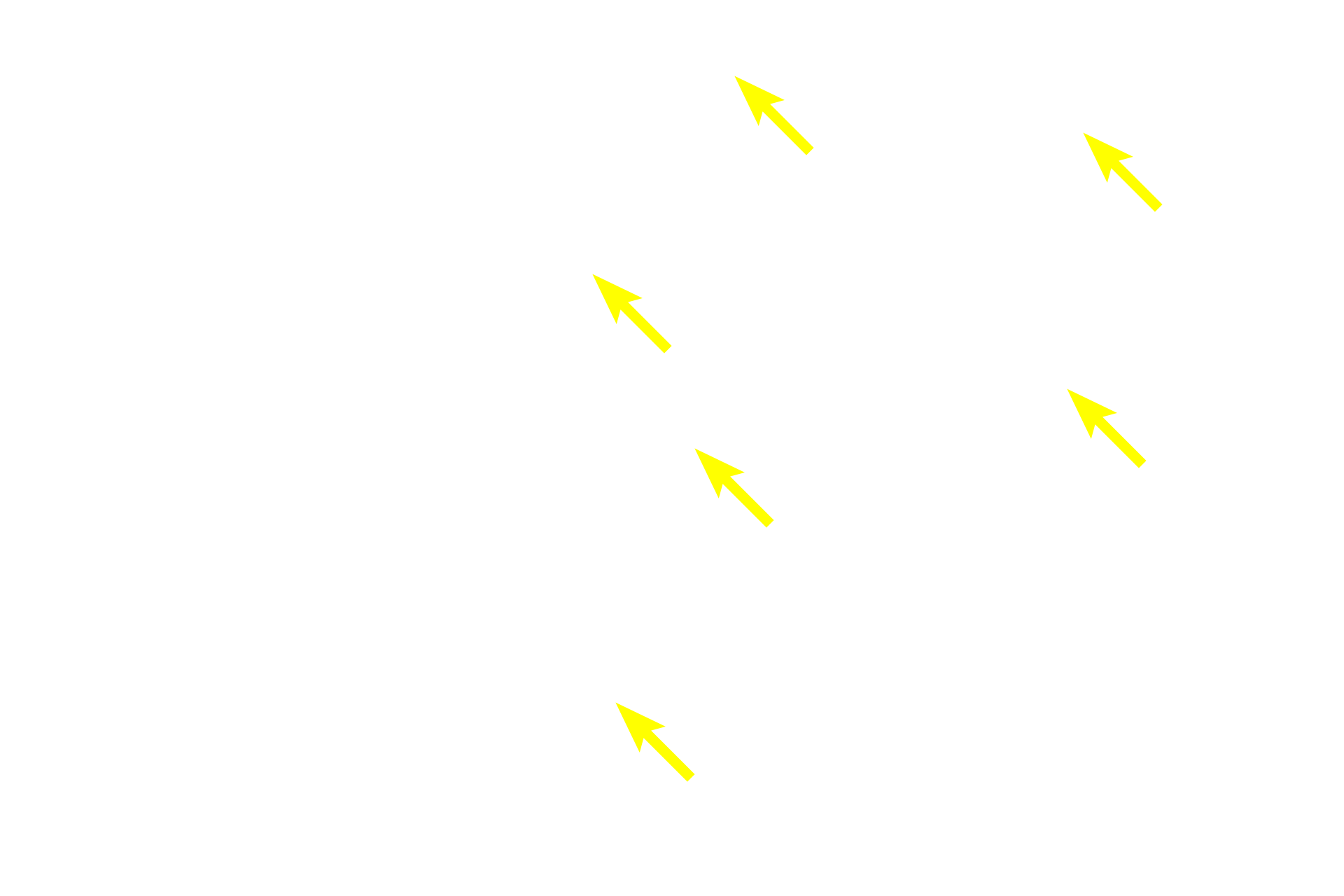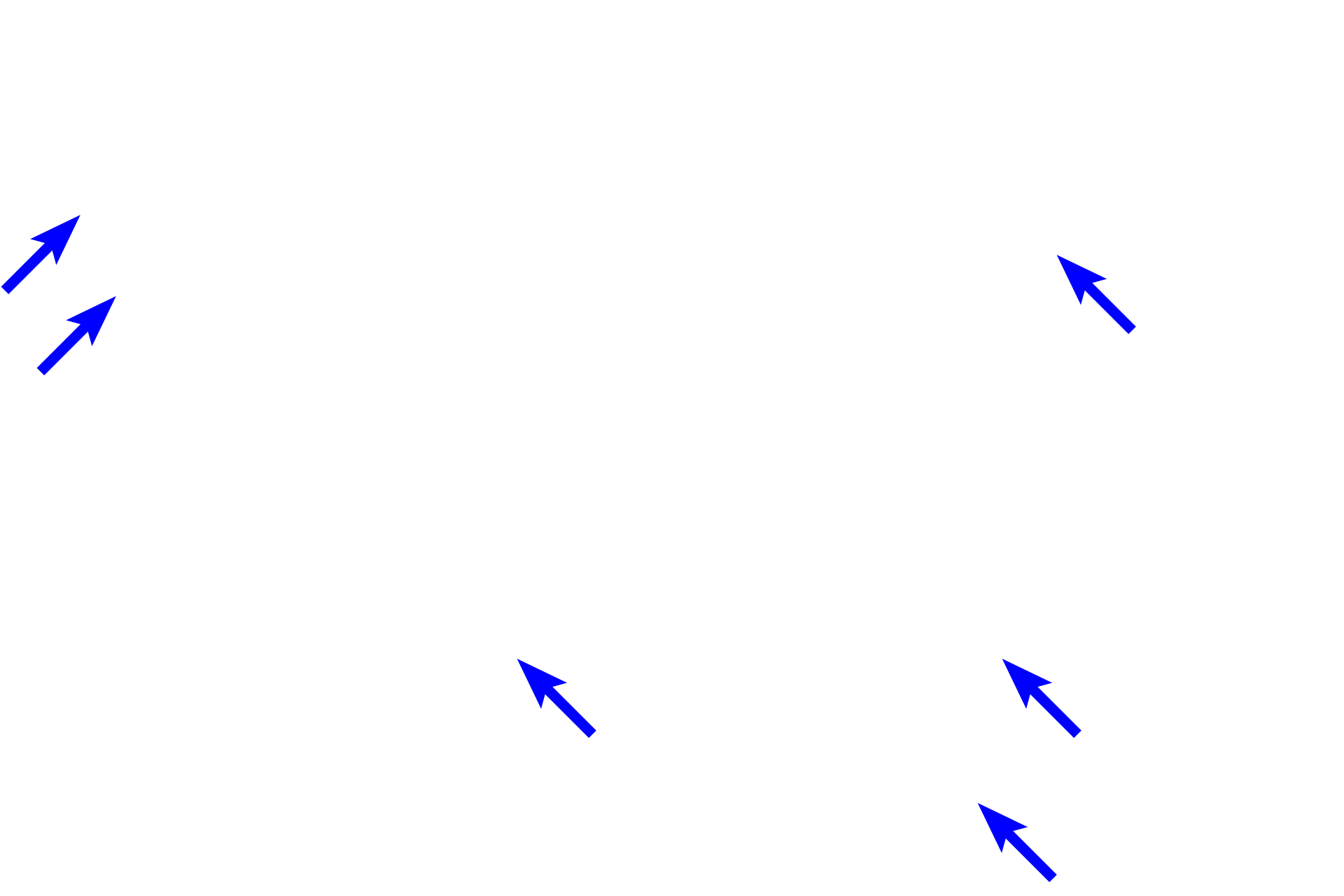
Renal cortex
The subdivisions of the cortex (convoluted portions and medullary rays), the cortical vasculature and the cortical lobules can be seen better at this higher magnification. 100x, 20x

Convoluted portions >
The convoluted portions of the cortex consist of spherical renal corpuscles and the intervening convoluted portions of the proximal and distal tubules. They also contain the beginnings of the collecting ducts, called connecting tubules.

- Renal corpuscles >
Each renal corpuscle is composed of a central capillary tuft, the glomerulus, surrounded by a double-walled capsule called Bowman’s capsule. Although the walls of this capsule cannot be discerned at this magnification, the space between the walls is visible around the capillary tuft.

- Renal tubules >
The convoluted portions of the proximal and distal regions of the nephron, as well as the initial segment of the collecting duct (the connecting tubule), are present in the regions between the renal corpuscles.

- Interlobular arteries >
Interlobular arteries branch at right angles from the arcuate arteries to enter the cortex, traveling through the center of each convoluted region.

Medullary rays >
Medullary rays, the second portion of the renal cortex, consist of medullary tissue located in the cortex: straight portions of the proximal and distal tubules, as well as portions of the collecting ducts. The longitudinal orientation of tubules in the medullary rays is similar to and continuous with the same tubules in the medullary pyramids.

Afferent arterioles >
Afferent arterioles branch from the interlobular arteries to supply the capillary tuft called the glomerulus.

Renal lobule >
A renal lobule, a cylindrical cortical area bounded by interlobular arteries, has a medullary ray at its center. Each medullary ray is surrounded by the adjacent convoluted regions extending to the interlobular arteries.